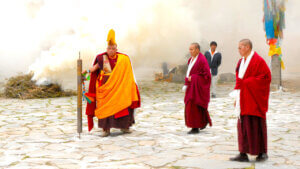
With this article we are exploring the unforgiving hot landscapes of Oman while we learn more about the fascinating death belief of Mu Ghayeb. In short, this refers to the deceased not being considered dead, but disappeared or stolen by an evil magician. Researchers have studied the Mu Ghayeb as a coping mechanism of grief. Let’s dive in this Arabian world of magic, denial and grief!
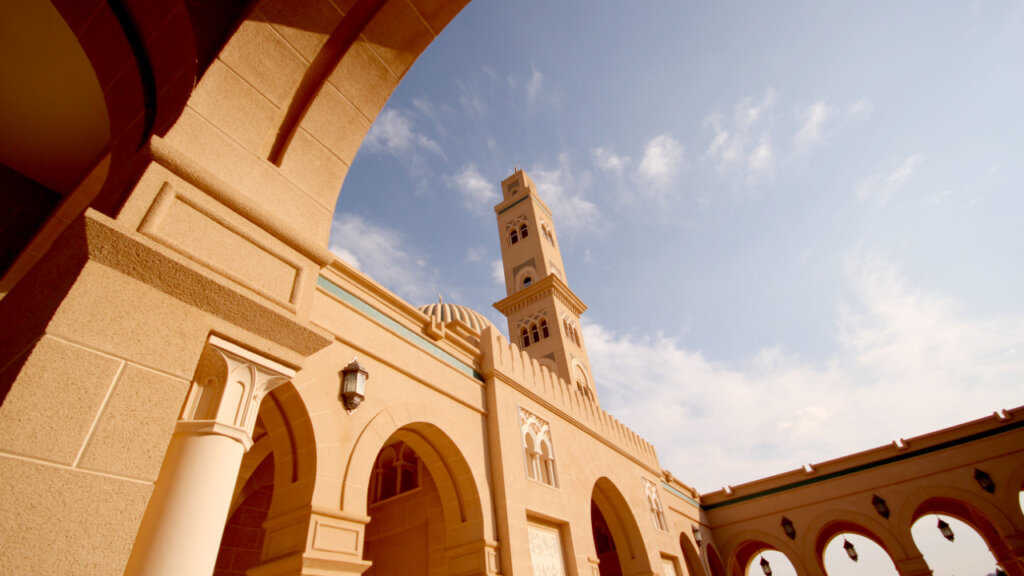
Although over a third of Oman’s population (almost 5 million, 2019) is expats, virtually all Omanis are Muslim. Additionally, the country is geographically the most isolated region of the Arabian peninsula. The scorching-hot Rub’ al Khali desert on one side, and sea on all others have allowed Oman to keep many of its older customs. That applies particularly to people living away from the coasts of Oman, and, therefore, Oman’s famous maritime activity. Interestingly, most Muslims in Oman follow the Ibadi school, rather than the more widespread Sunni and Shia schools.
All these facts paint a very specific picture also in regards to Omani death beliefs and practices.
Omani Muslims tend to be quite meticulous when it comes to their faith. For example, they strictly follow the Ramadan fasting and it is even prohibited to drink, eat or smoke publicly during this month. Folk traditional rituals and beliefs are also common and they co-exist with Islam. However, there is no Sufi mysticism in Ibadi Islam, which has the largest following in Oman.
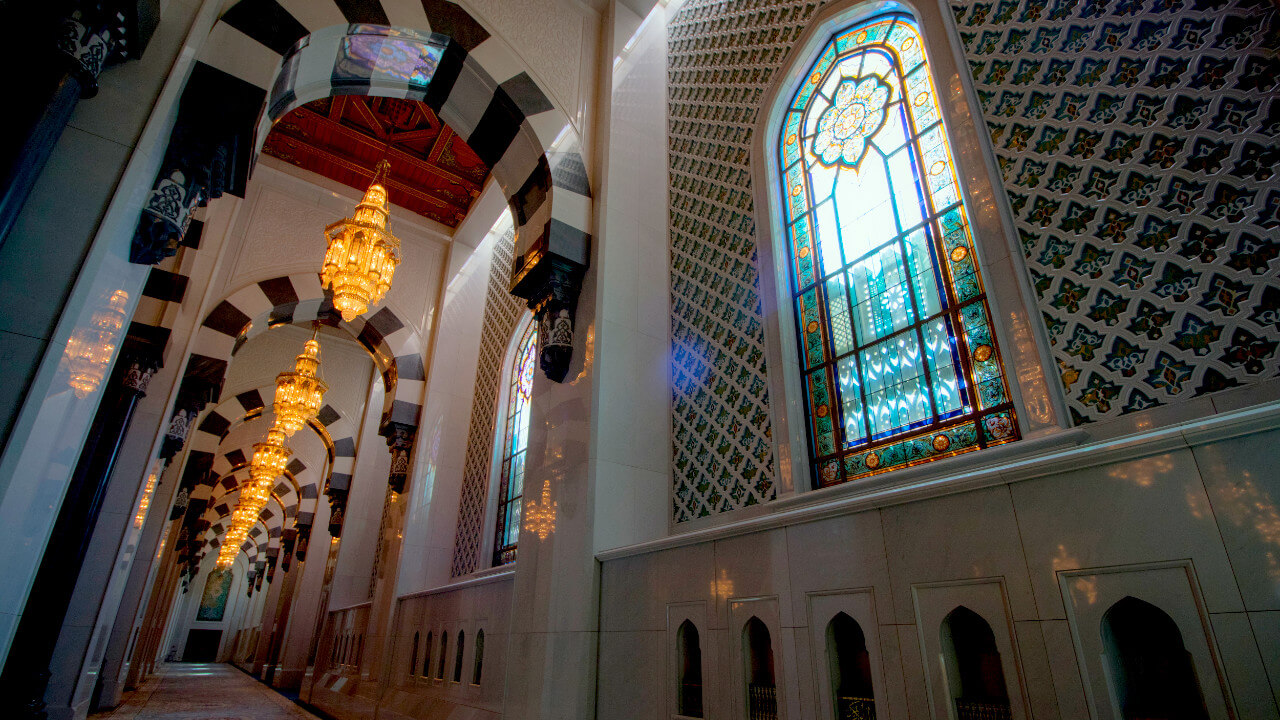
Additionally, pilgrimage to Mecca (‘hajj’) is not uncommon amongst Omanis. Northern Oman is not home to holy sites for Islam, although this does not apply for Dhofar. In this region, veneration of tombs of holy men is still common, although this goes against certain Islamic beliefs. After all, we mentioned above that the prevalent Islamic school in Oman is Ibadi, which dictates austerity and sobriety.
That being said though, Omani funerals can be very grand and resemble a feast. There is even a government subsidy, which covers however only the very basic expenses. However, Quran’s approach to funerals preaches communal prayer, somber grief for three days but also speaks of a blessed afterlife. After all, according to Islam it is God that decides when a person dies, and Islam itself means “total submission to God”. Although these lavish funerals seem to be at odds with Islamic teachings, they pale in front of the Mu Ghayeb tradition.
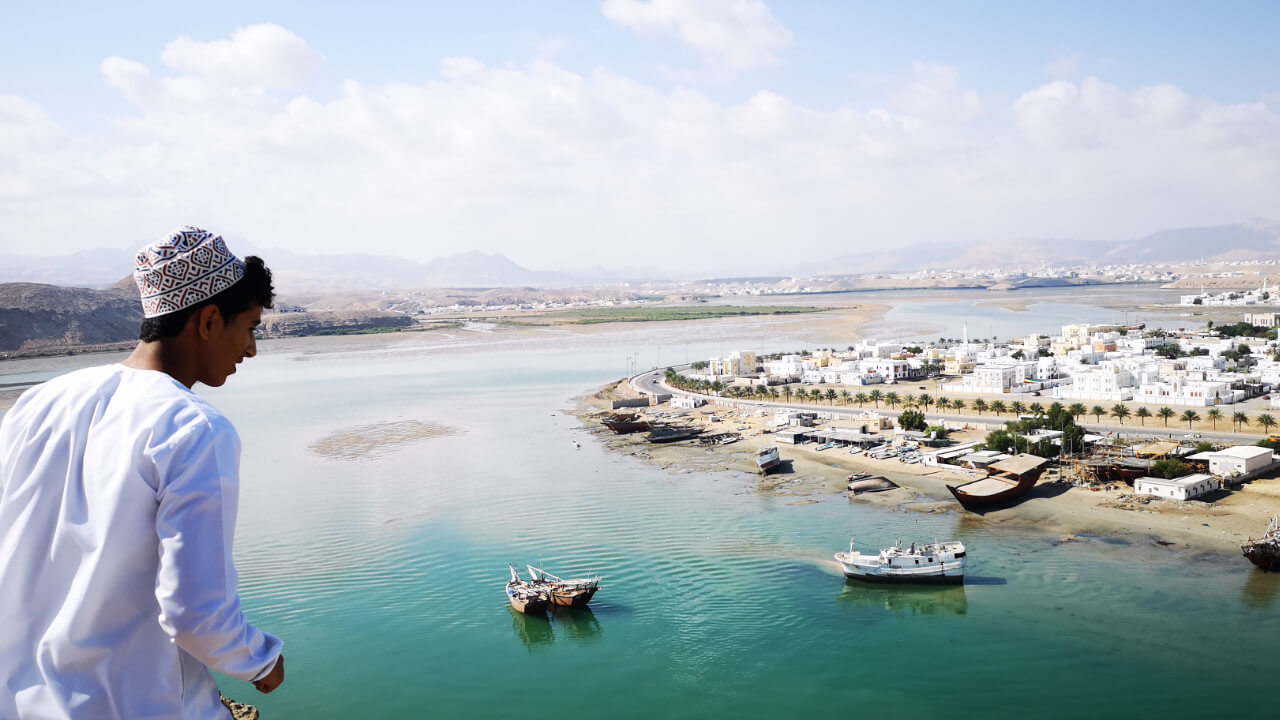
The Mu Ghayeb follows a sudden death according to death traditions in Oman. Mu Ghayeb actually means that the deceased has not actually passed away, but rather disappeared. Instead of being dead, a magician has stolen the deceased by casting a spell on that person.
This magician has obtained their magic by performing an atrocity like eating his offspring. After this magician casts his spell, the target suddenly dies – or so it seems! In reality, though the victim is still alive. However, since the family is not aware of that, they perform all the usual Islamic funeral rites. These include washing and engulfing the body, praying, and then burying their relatives.
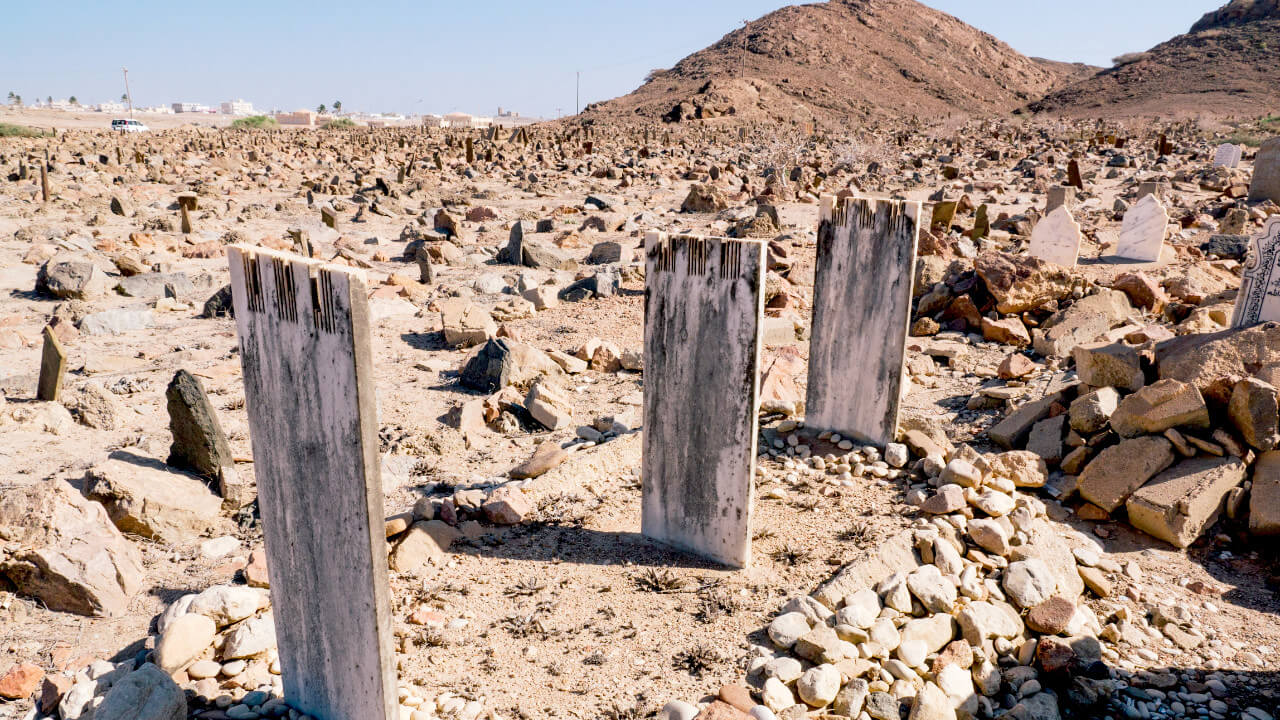
All the mourning of the close family members and friends suggests that they consider the deceased truly dead. That is not the case, though, with the family having certain expectations of what comes next: The buried relative will literally rise from the grave and run away until they find a cave. This will also become their new home during the day, while during the nighttime they wander the wilderness. Although this resembles the life of a vampire or a zombie, the risen dead eats just leaves according to the Mu Ghayeb. Additionally, they must do the bidding of the magician that has enchanted them.
Sightings of risen dead take place in different ways. At night, they may appear as wraiths to their loved ones. However during daytime, they may be seen in fast passing cars or in other rapidly changing ways. This makes it difficult for the family to verify the sightings.

There are two ways for the deceased to break free and return to their loved ones. Firstly, the victim will be free of the spell if the magician perishes – either naturally or after he is found by the family of the victim. If the family suspects that their deceased is actually a victim of sorcery they may try to find the magician themselves or even hire a professional. For instance, Omanis have brought over mgangas – traditional healers – from Africa in order to help them retrieve their loved one.
The second way is to look for the bewitched person. Specifically, they are freed of the spell if someone hits them on the forehead with a rock. According to our sources, in many Omani communities people have heard of cases of people returning to their families after death. However, these researchers did not meet a single person that experienced that themselves.
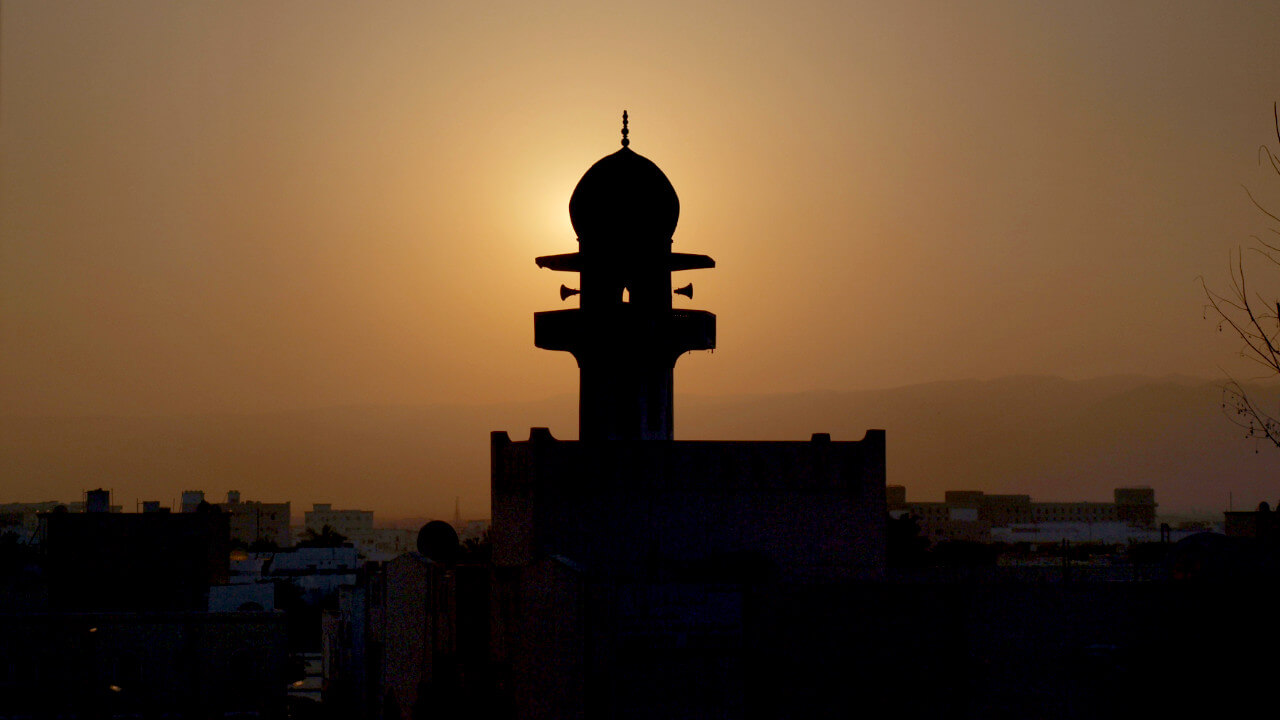
In order to understand the Mu Ghayeb a bit better we could perhaps compare it to how long and intense grieving can be in Oman. For example, a parent mourning their child is often much more intense than the opposite. Instead, if the deceased was older and the family expected their death, grieving can last shorter. Finally, if the person that is the main source of income for this household passes away, mourning them may also include the fear of financial instability.
All of these apply also to Mu Ghayeb. For example, in most cases the deceased is male and the death is always sudden. It is even more common amongst men with a prominent role in their families or communities. After all, a chief of a tribe attracts more jealousy than a commoner. Correspondingly, there are almost no cases of Mu Ghayeb for very old or ill individuals.
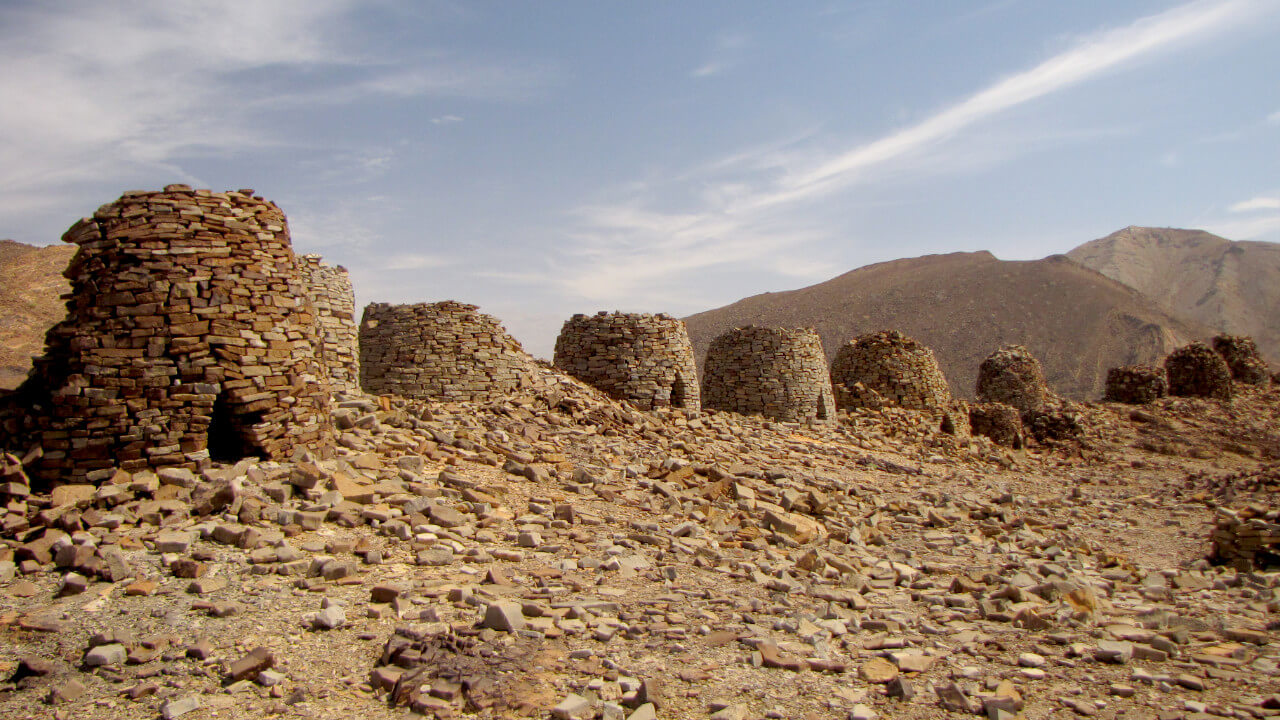
Oman is part of the Persian Gulf as well as the Arabian peninsula. However, it has its own distinct history and culture that predates even Islam in the area. Omanis have a rich maritime background, both in terms of trading but even expanding their territories. After all, Zanzibar was under Omani rule in the past.
Their adventures in the high seas, however, came with a greater death toll. The life of a sailor was unpredictable and they sometimes would not return home for years. Therefore, their families often ended up considering them dead. As a result, researchers suggest that Omanis needed to develop unique coping mechanisms for grief and mourning. At the same time, they had to prepare themselves for the possibility of their presumed dead relative returning home safe and sound. The unexpected nature of their sailing adventures meant also that the family had no way of knowing the outcome of the trip.
And the Mu Ghayeb seems to be linked to all these notions! Therefore, even if these sailing trips didn’t birth this death practice, they definitely made it more common.
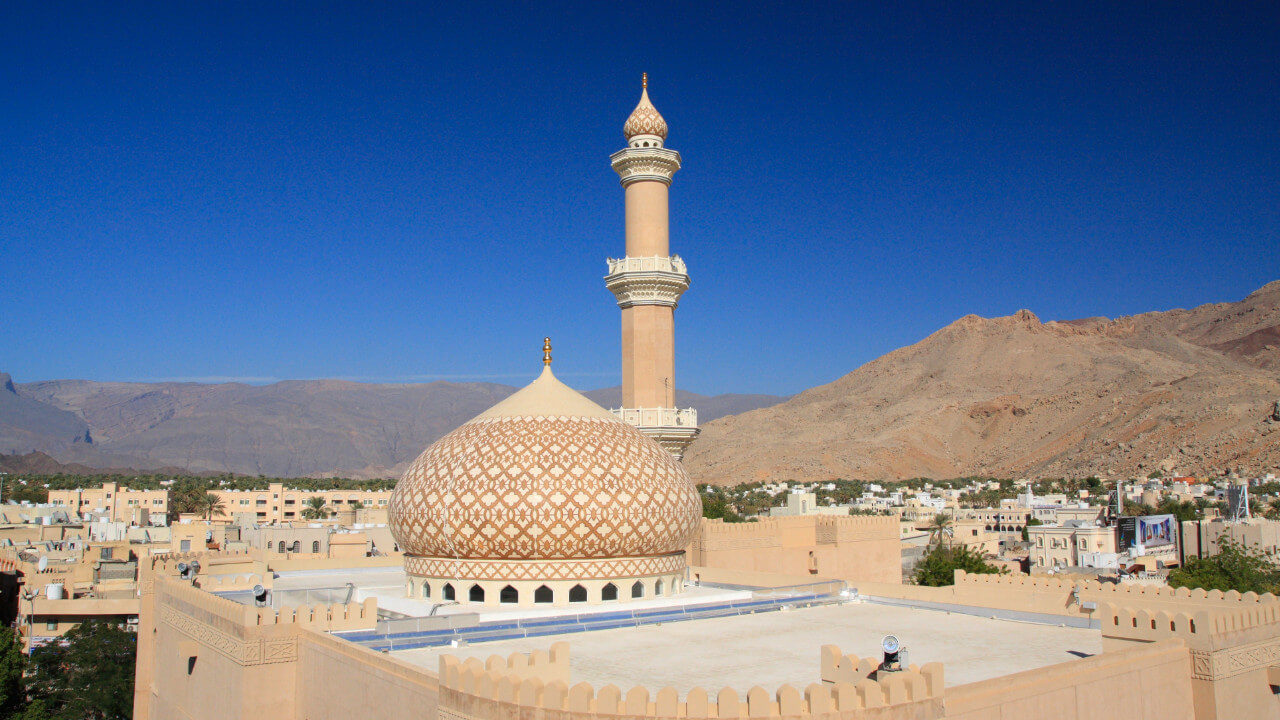
These sailing trips may have been the reason that the Mu Ghayeb became more prevalent. However it is interesting to explore exactly what purpose this death practice serves. Grief is present in every single human society. However it may take many different forms depending on the context. In Oman grief seems to often be closely linked to denial.
Considering their buried relative as enchanted and disappeared, instead of dead, Omanis soften the blow, so yo speak. In other words, they try to cope with the pain of loss and their grief by not directly addressing it. This form of denial appears to help them in a short-term level since it gives Omani more time to process their loss. This becomes also more clear if we take into consideration the fact that many of these victims of magicians never return to their families.
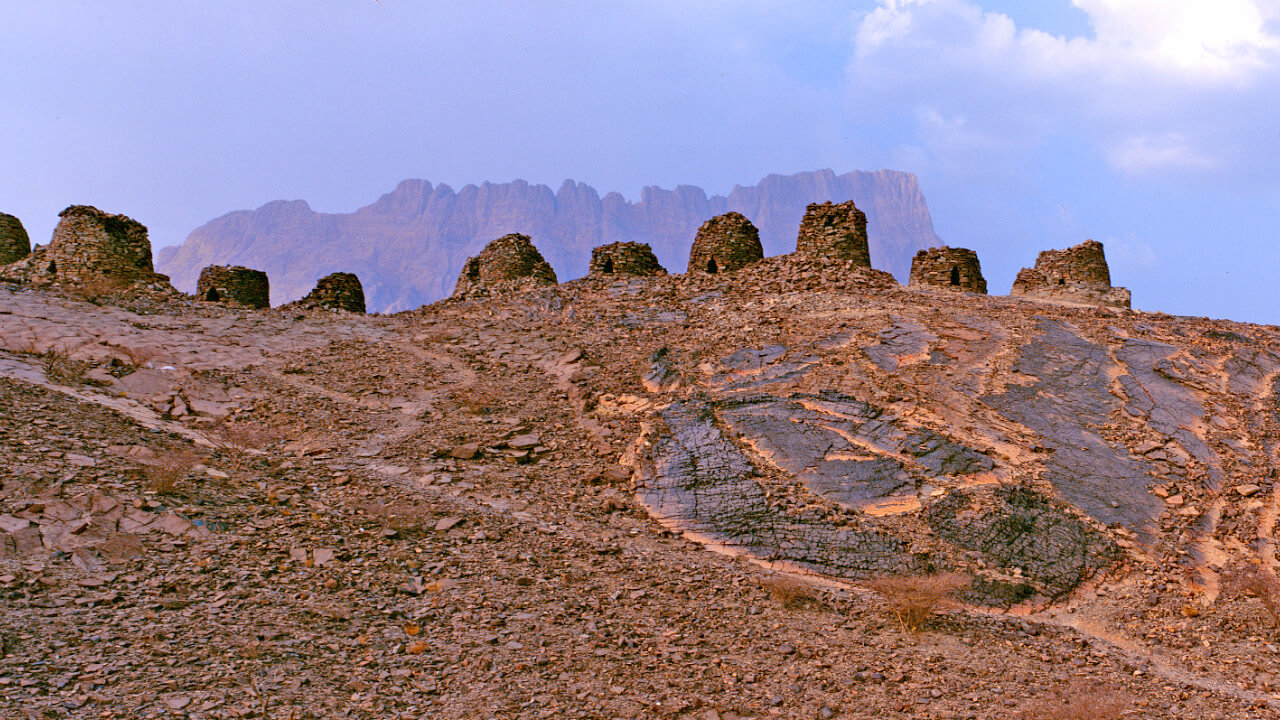
The Mu Ghayeb seems to also work as a tool that helps Omanis in their transition from grieving to not grieving. For instance, the enchanted relative remains under the spell of the magician usually up to six months and then perishes as a result of the hardships. In the meantime, the family had time to process their loss so six months later they can say more easily that their loved one is not coming back.
As we mentioned above, the Mu Ghayeb stands in opposition with many Islamic funeral teachings. Especially the Islamic idea of an afterlife seems to be directly at odds with people rising from the dead due to magical spells. Even if we view the Islamic death rites and Mu Ghayeb as coping mechanisms of grief and loss, it can still be challenging to combine them.
Therefore, it is worth pointing out that Mu Ghayeb is affiliated more to the cultural heritage of Oman and less to its religion.
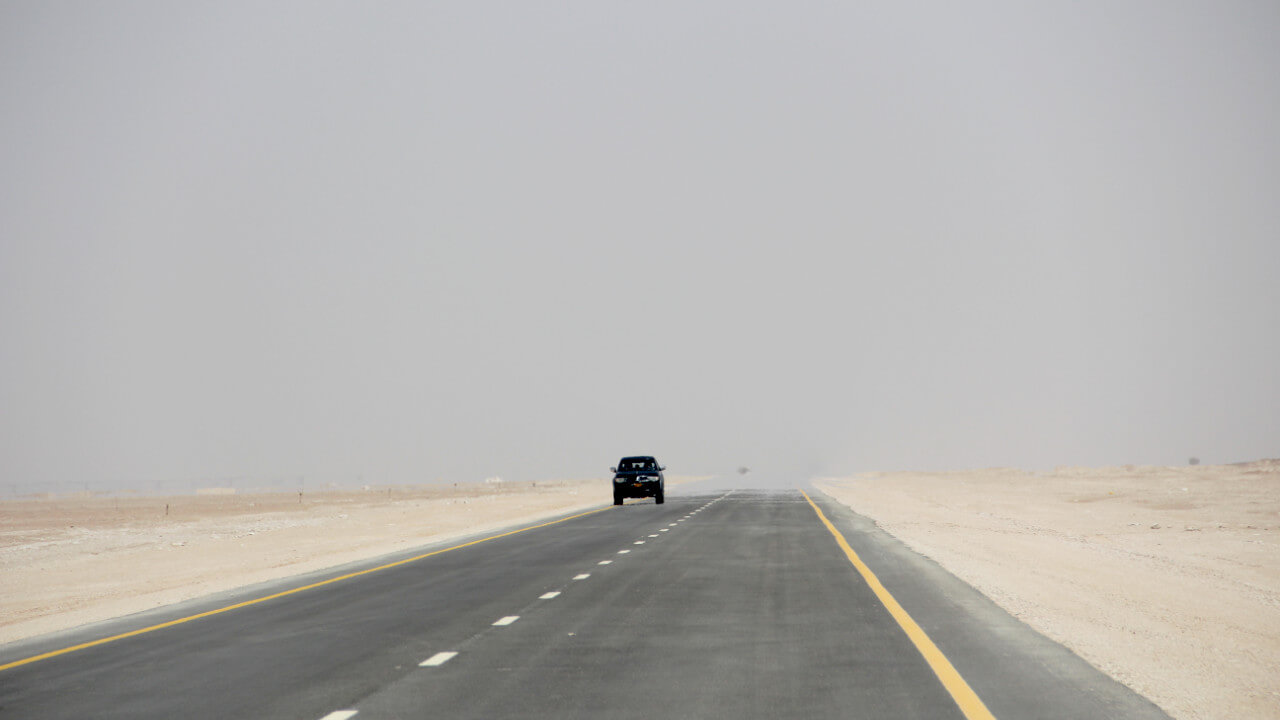
We hope you learned something new regarding this country’s death practices!
If you want know more about similar Aboriginal avoidance practices , feel free to check out our Australia article! For other articles that focus on Islamic countries why don’t you have a look at our posts on North Sudan or Iran!
The average mixed death rate in Oman is 2,436 per 1.000 people (2018).
Omanis usually bury their dead very soon after death, following Islamic protocols. That applies also to the case of Mu Ghayen.
According to the the American Central Intelligence Agency (CIA), Islam has by far the largest following in Oman (around 86%). There are also Christians, Hindus and a small Jewish community but these are mostly expats that work in Oman.
The Omani National Organ Donation system is being currently organized. Therefore, there is no data on donor registration and transplantation in Oman. However a study showed that only 49% of Omanis know that transplantation is allowed according to Islam. Finally, only 35% of Omanis would donate a kidney or other organ after death (2010).